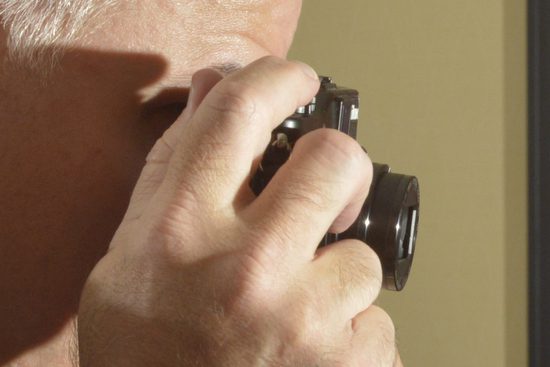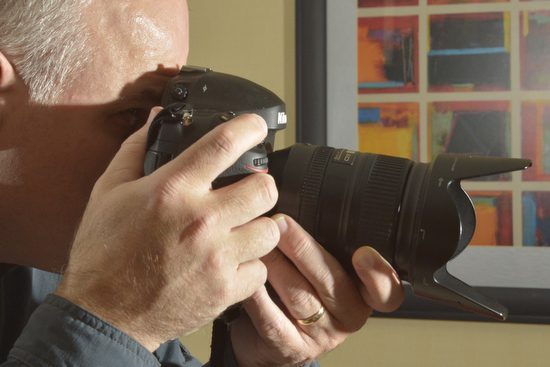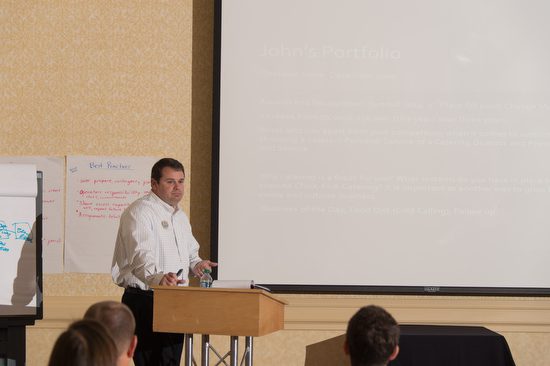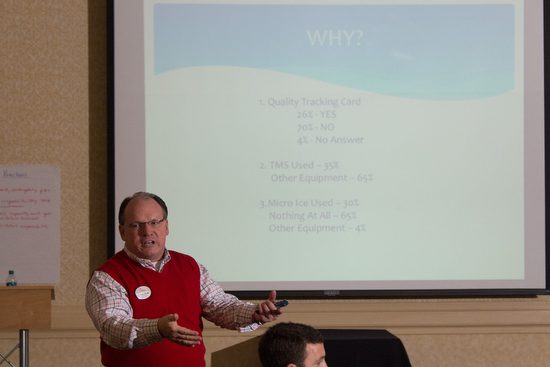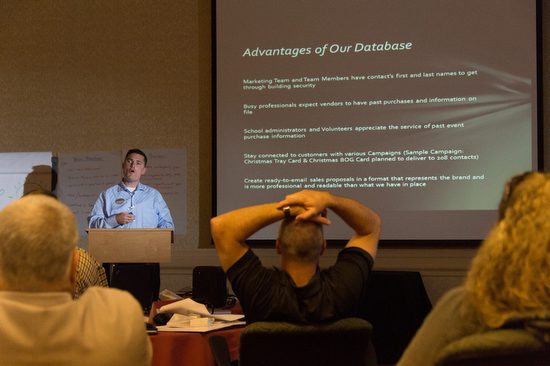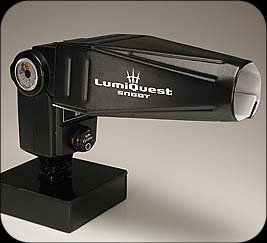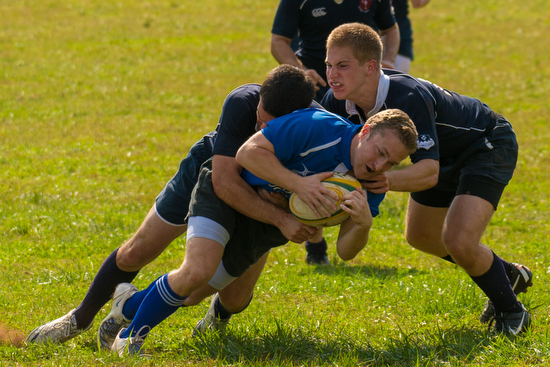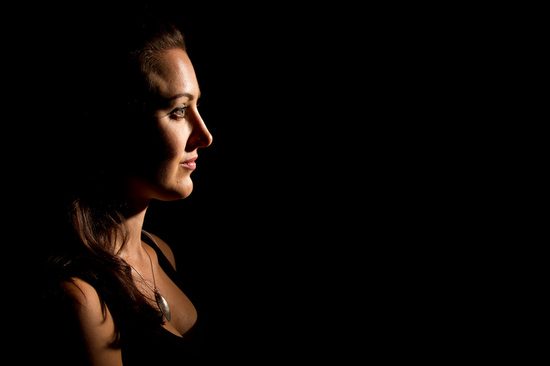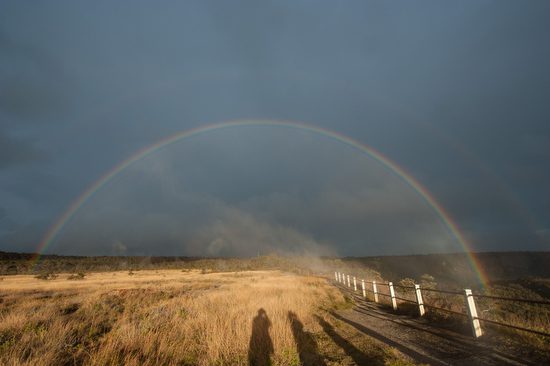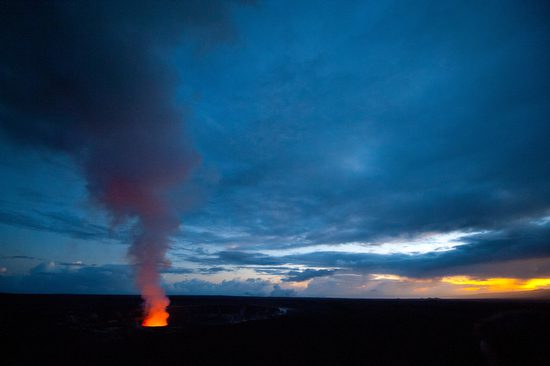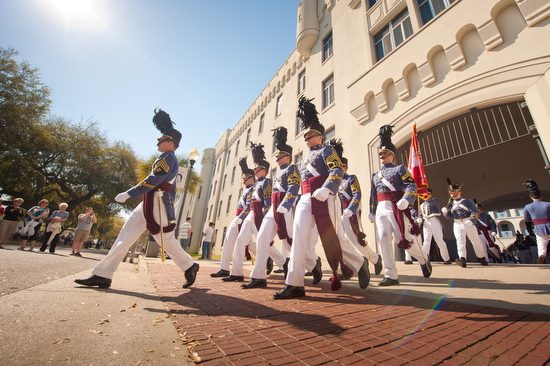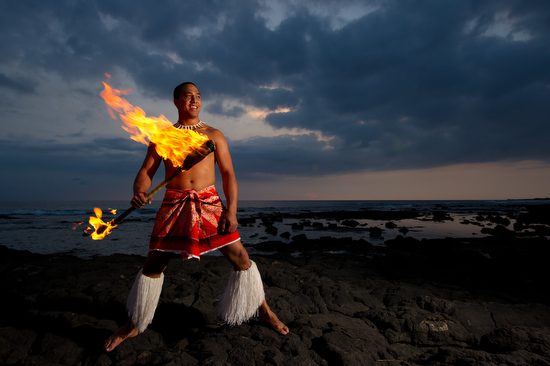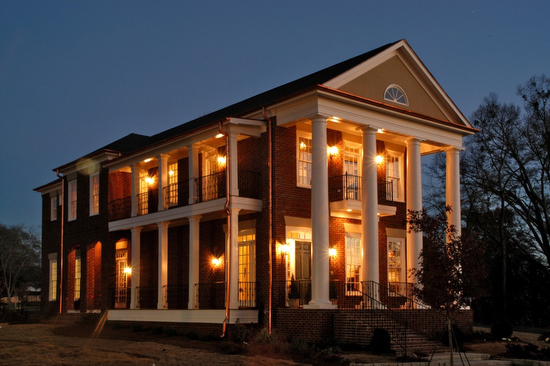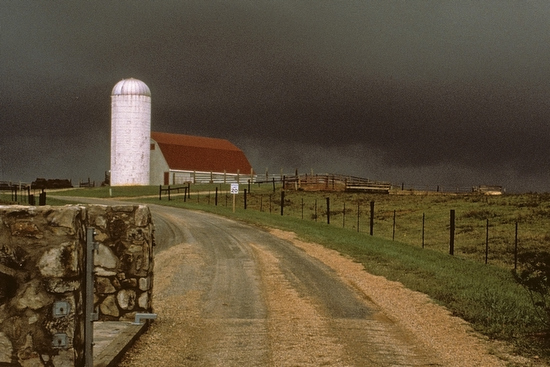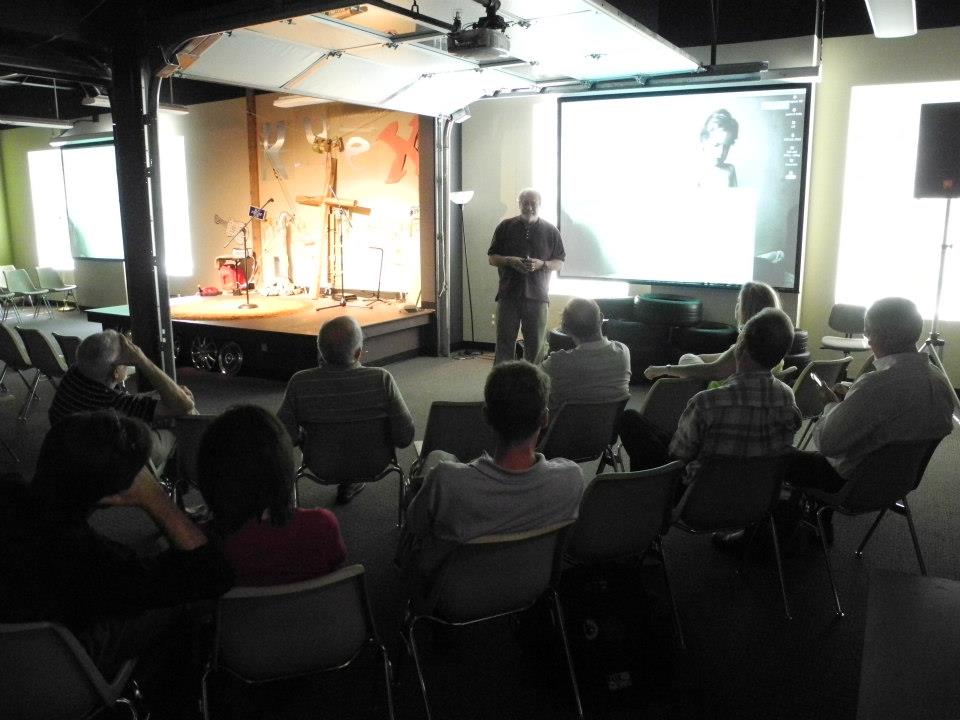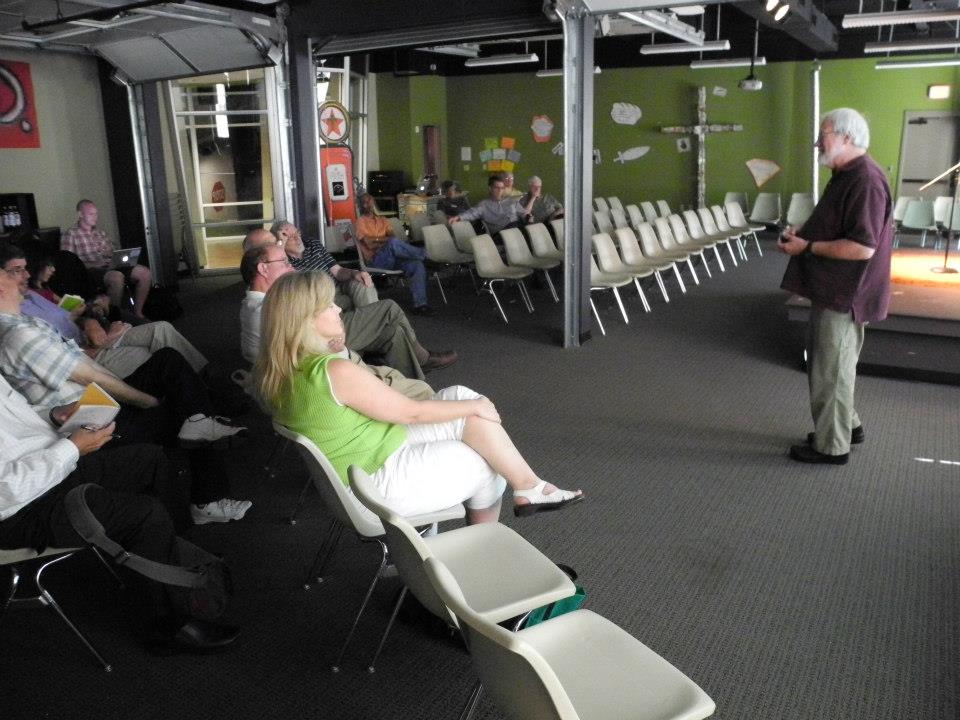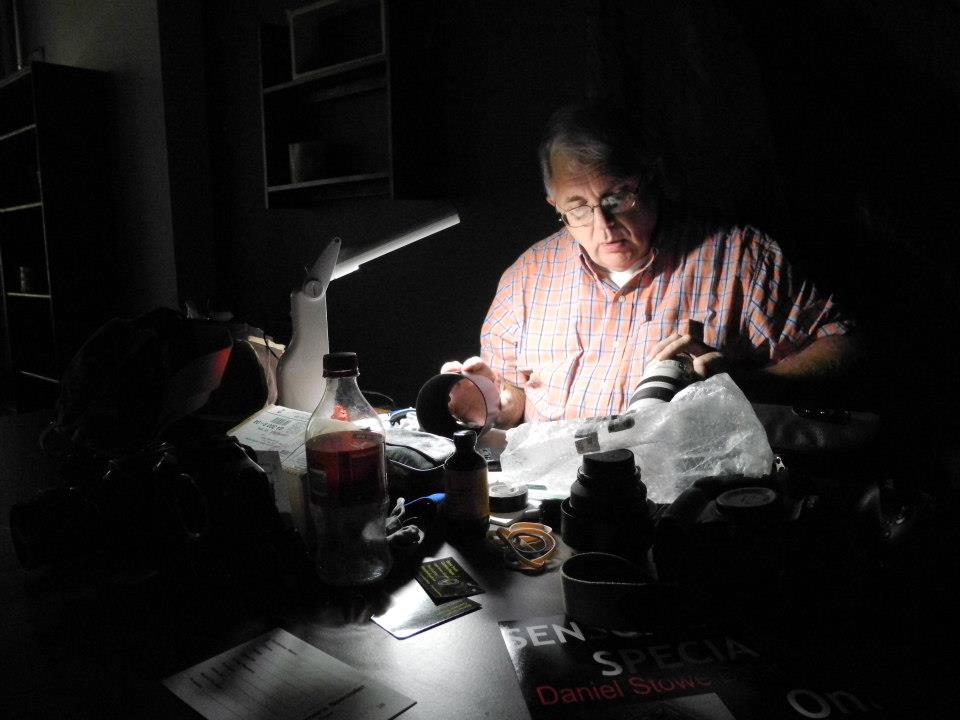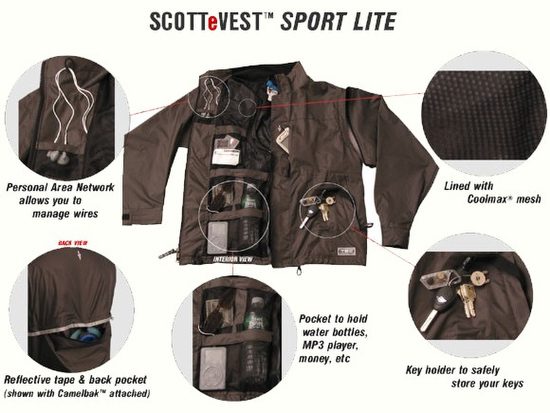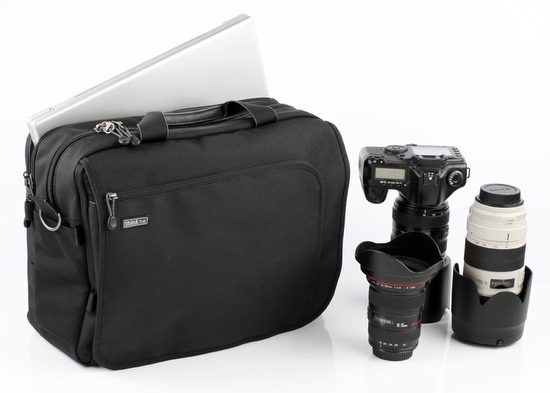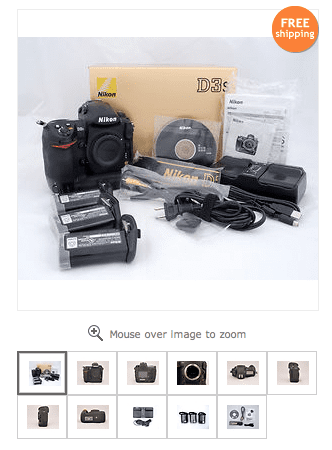This idea is totally dead today in sales. To compete today you have to establish value before the sale.
One of the ways restaurants and other food establishments establish value is in sampling of their food. But no matter your industry you have to establish in some way your value before the purchase and not something “Value-Added” later after the purchase.
Sampling
One great example of how music recording artists sale their music is to look on iTunes. Notice you can preview the music before you buy. They are establishing value before the purchase.
In visual communications it is very easy for the designers, videographers and photographers to have enough work to keep them busy that is not worth showing anyone for future work.
I had a lady come up to be at a party this weekend and talk about wanting understand how to get more business. She was a designer working for a small agency. I talked to her about what she was doing.
She said what most of us in the business complain about. The work they are doing is not portfolio worthy. She was concerned the longer she stayed at this job the harder it was going to be to get any other job later.
To get a job in the arts you must show the work they will hire you to do.
Personal Projects
The solution is basically a personal project. This is when you do a project the way you think it should be done for yourself. At the end of your project you will have something to show that establishes your value to the customer.
Projects will most likely involve others and I recommend finding an organization to work with, because you can trade out your work for access.
You can do it pro bono or maybe work a deal where they contribute to the costs. Your purpose is to create a body of work that will show what you can produce.
The key if doing work that someone can use is for you to truly have artistic control to show what you can do when given the opportunity. Free will help you maintain more control.
The more they foot the bill the more artistic control they deserve.
I went on a trip to Haiti and most of the time I was in a meeting. Not very exciting, but nonetheless I was in Haiti. This was many years ago and I just put together a quick slide show to show the photos to music.
http://www.stanleylearystoryteller.com/haiti/_files/iframe.html
Later after this slide show I explored using a digital recorder and added interviews on another project.
http://www.stanleylearystoryteller.com/Yucatan/_files/iframe.html
Now I was adding another layer to the services. I wasn’t going to stop here I continued to add more value to my own personal projects.
I decided to create some tutorials with the computer that were then output as video. Here is an example of this project:
[youtube https://www.youtube.com/watch?v=K5BR_5Zvoto]
I hope you are seeing the evolution. It takes time to continue to add value.
The key is to continually look for things that will give more tools to your clients to communicate their message.
I even explored and added to my tool belt 360º tours.
 |
| Click on the image for a Panoramic interactive image |
I still wasn’t satisfied. I then went out and shot some video to add to the still images on my trip to Mexico to cover the coffee growers.
[youtube https://www.youtube.com/watch?v=Q9wmMSv3SoY]
WOW THEM!
If you want to get cool jobs then show your potential and your present customers what you want to do for them–don’t tell them.
I will give you a few key things that will make this work for you.
- Find something you have passion about.
- Don’t do a story on something everyone is doing or has done
- Be sure to show it the way their customers might use it.
- Put it in your blog
- Create a DVD
- Maybe create a coffee table book
- Show it as a magazine story layout
- Know what you need to charge to do this type of work
























